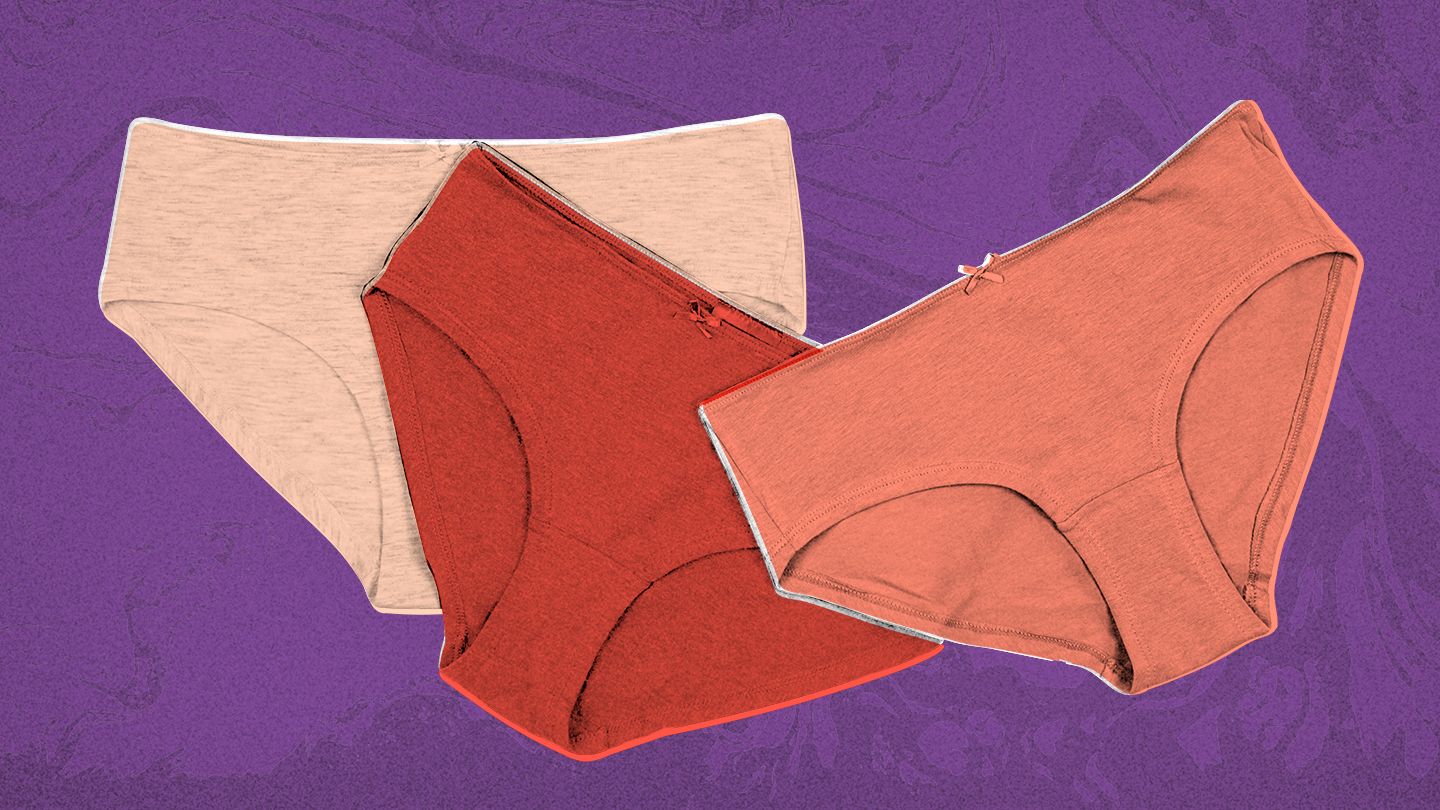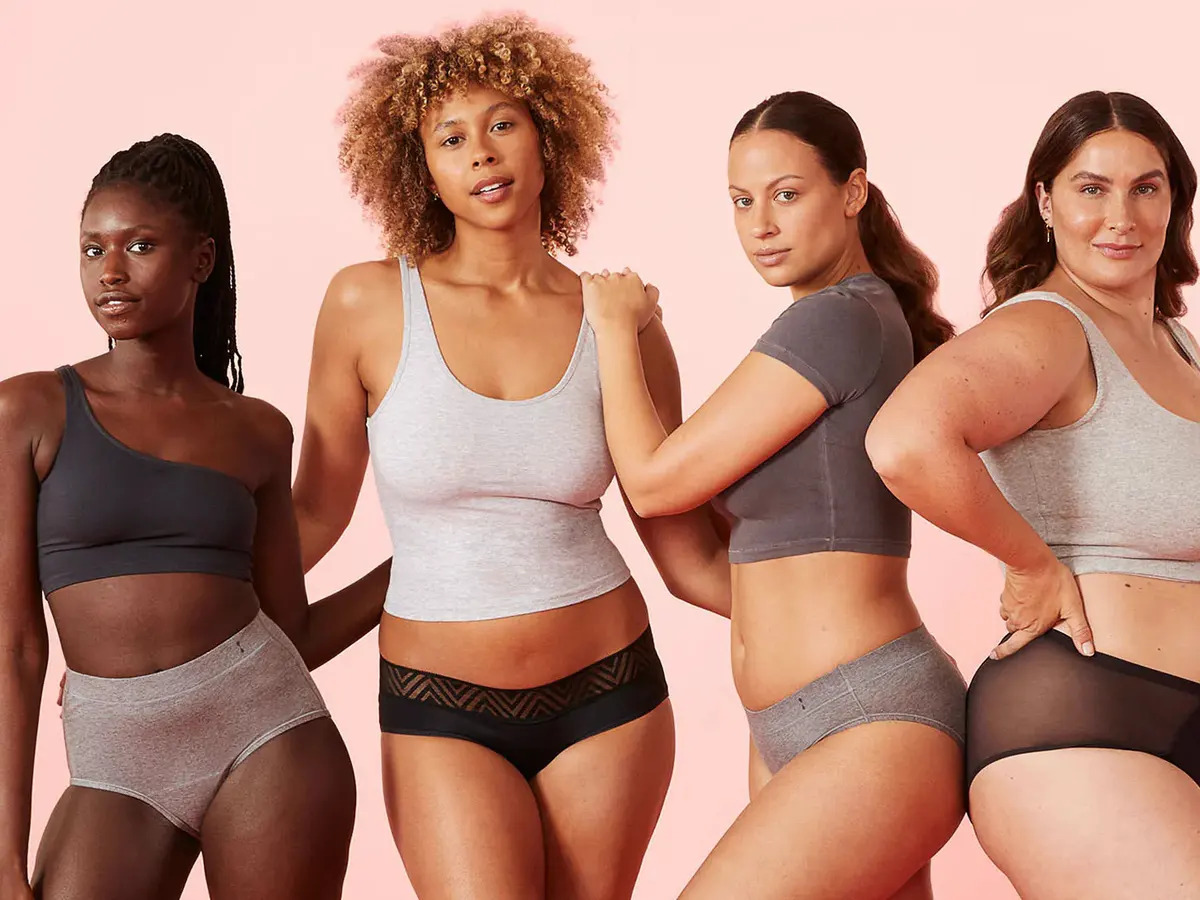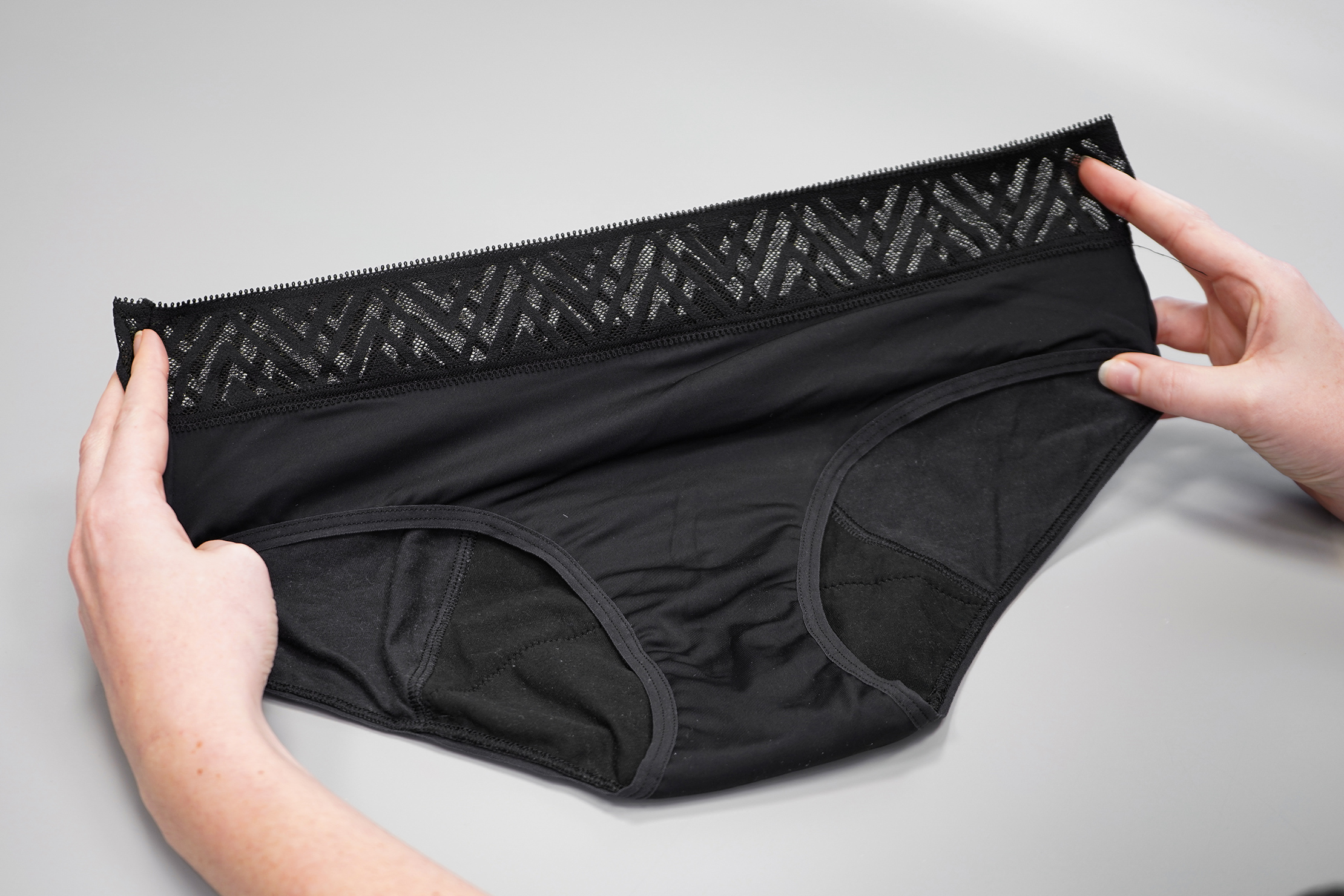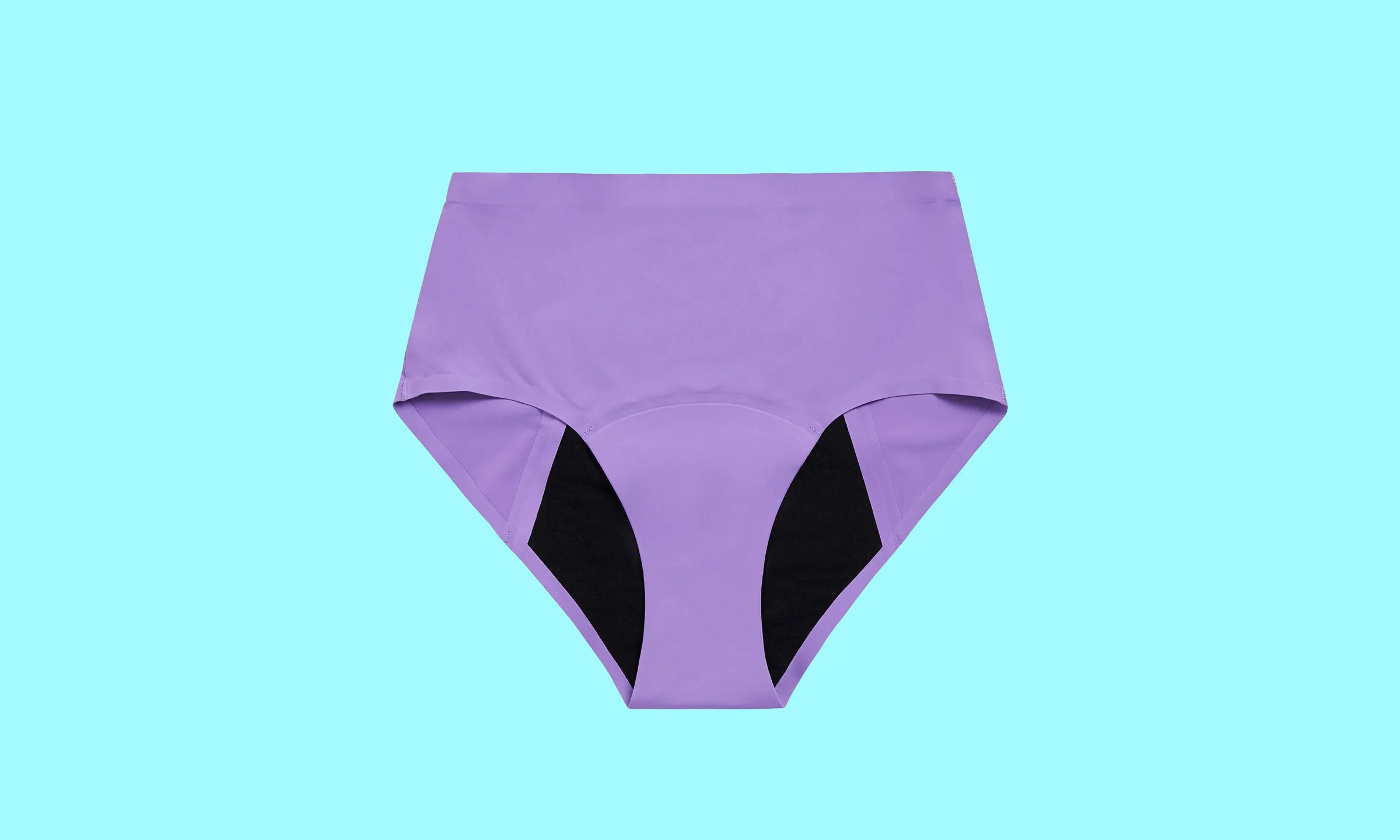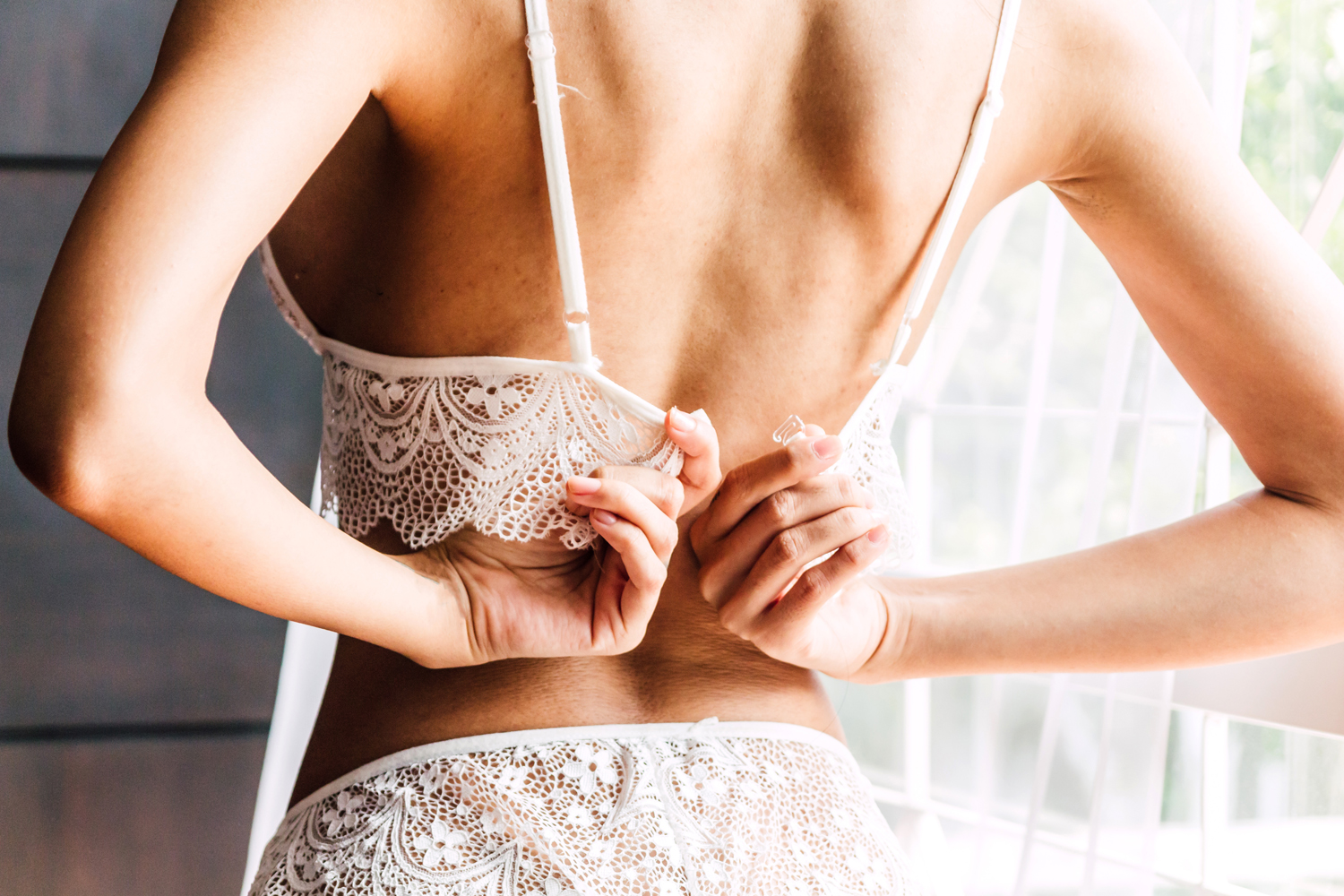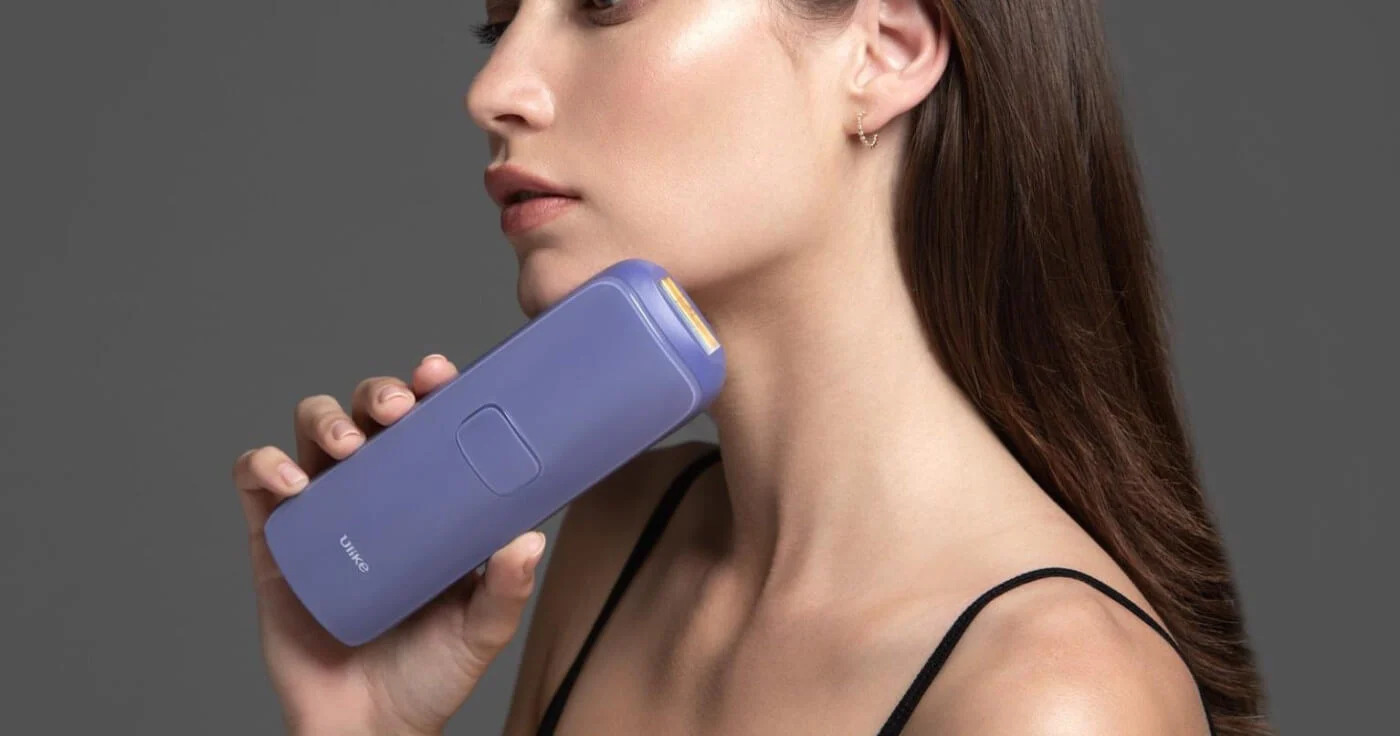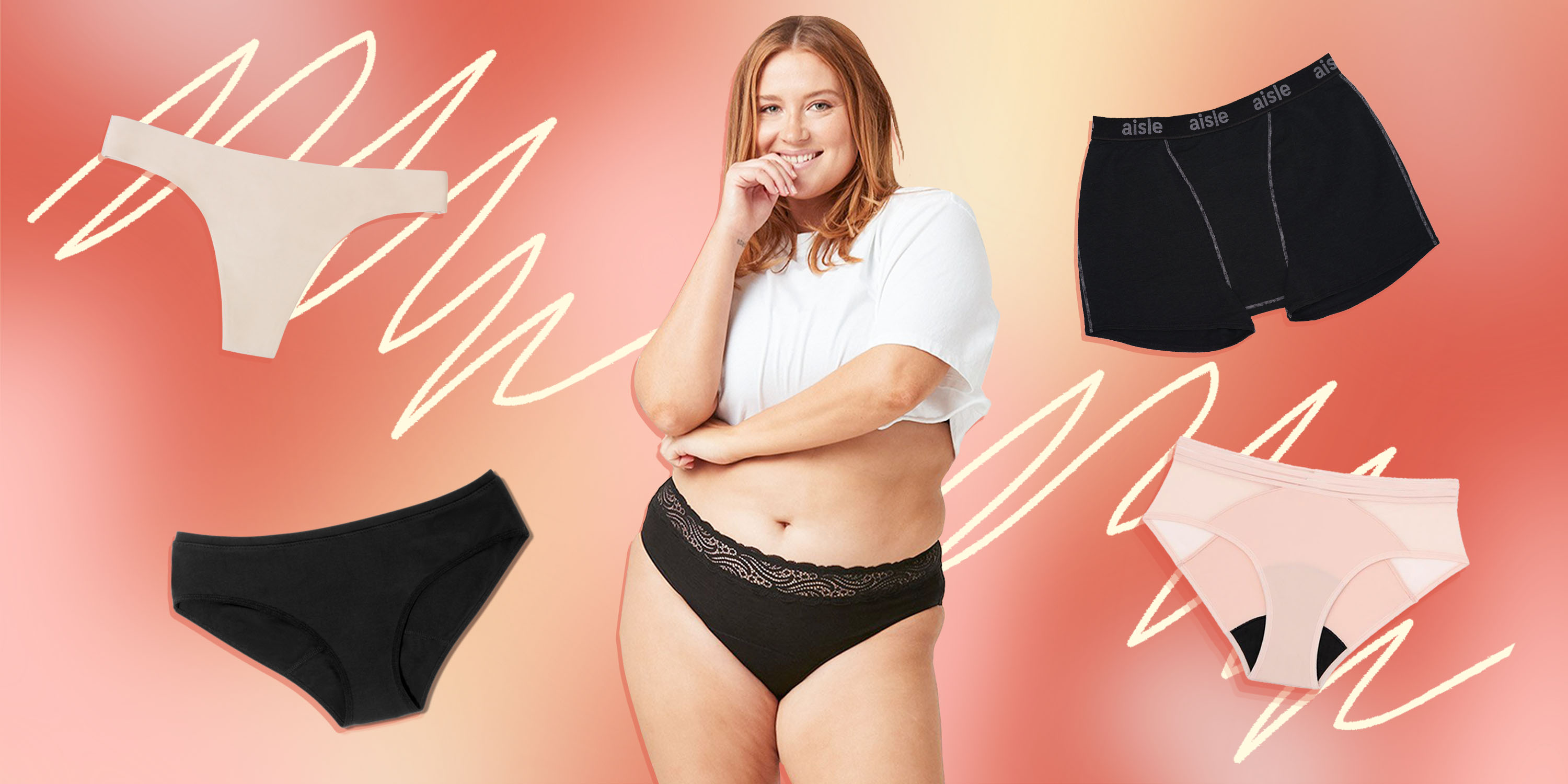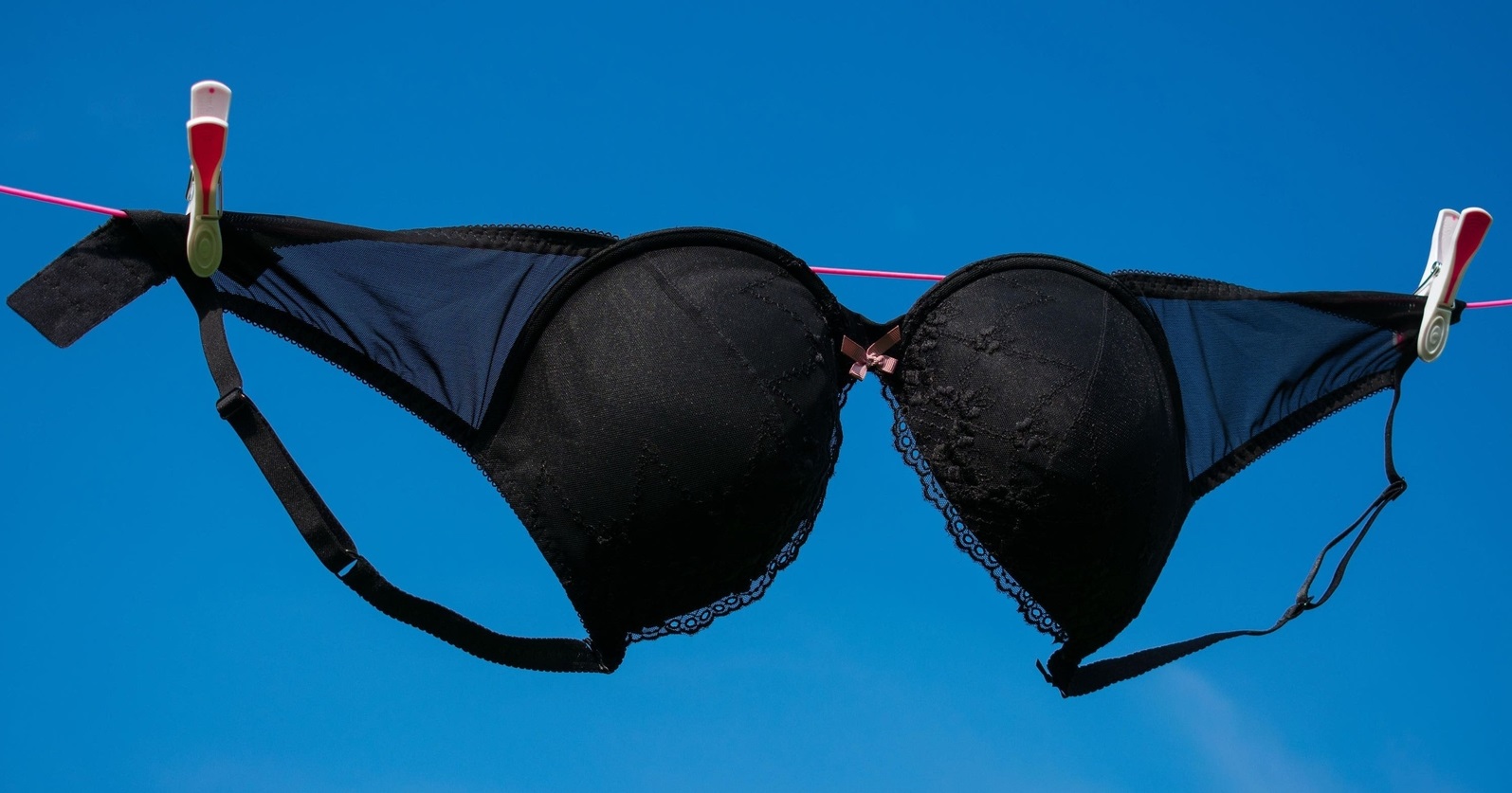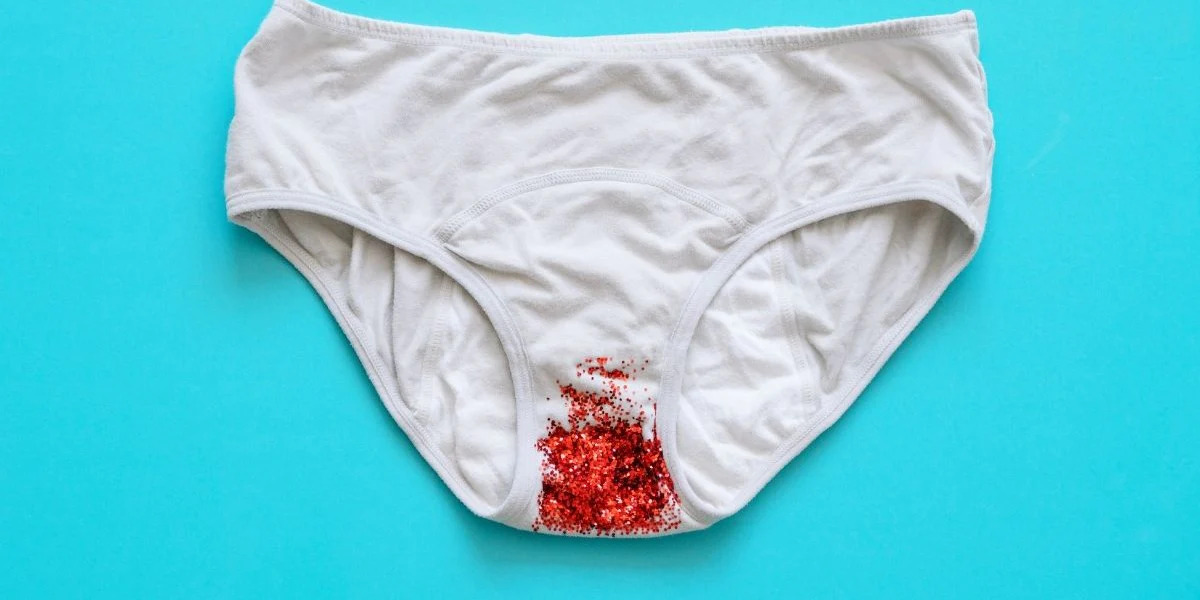

FAQs
How Often To Change Period Panties
Modified: July 30, 2023
Discover the answers to all your general questions about period panties. Find out how often you should change them for maximum comfort and protection.
(Many of the links in this article redirect to a specific reviewed product. Your purchase of these products through affiliate links helps to generate commission for Under-tec.com, at no extra cost. Learn more)
Table of Contents
Introduction
Dealing with your period can be challenging, but modern solutions like period panties have made it easier and more comfortable than ever before. Period panties are specially designed underwear that provide protection and absorbency during menstruation, eliminating the need for traditional sanitary products like pads or tampons. They offer a convenient and sustainable alternative, helping to reduce waste and provide peace of mind.
However, one common question that frequently arises is how often you should change your period panties. While the answer may vary depending on factors such as your flow, the type of panties you’re wearing, and personal preference, it is essential to understand the importance of regular changing to maintain hygiene and prevent any potential discomfort or health issues.
In this article, we will delve deep into understanding period panties, factors to consider when determining how often to change them, signs to look out for, and tips for proper maintenance. By the end, you’ll have a clearer understanding of how often to change your period panties and ensure maximum comfort and hygiene during your menstrual cycle.
Understanding Period Panties
Period panties are designed to provide leakage protection and absorption during menstruation. These innovative underwear are made with specialized fabrics and technologies that can absorb and lock away fluids, keeping you dry and comfortable throughout your period.
There are different types of period panties available, including reusable and disposable options. Reusable period panties are made from moisture-wicking and odor-resistant materials that can be washed and reused, making them a sustainable choice. Disposable period panties, on the other hand, are designed for one-time use and are convenient for travel or emergencies.
Most period panties have multiple layers for added protection. The outer layer is typically made from a waterproof or water-resistant material to prevent any leaks. The inner layers are made with absorbent materials like bamboo or microfiber to capture and lock in the menstrual flow. Some period panties also feature additional layers or pockets for extra absorbency.
It’s important to note that period panties are not meant to replace traditional menstrual products completely. Depending on your flow, you may still need to use additional protection, such as pads or tampons, alongside the period panties for extra security.
To find the right period panties for you, consider factors such as absorbency level, size, style, and comfort. It’s important to choose a size that fits snugly but not too tight to ensure maximum effectiveness. Additionally, opt for panties made with breathable materials to minimize discomfort and allow airflow.
Now that you have a good understanding of period panties, let’s explore the factors you should consider when determining how often to change them.
Factors to Consider
Several factors should be taken into account when determining how often to change your period panties. Consider the following:
- Flow intensity: The heaviness of your menstrual flow is an essential factor in determining how often you need to change your period panties. If you have a lighter flow, you may be able to wear them for a longer duration than if you have a heavier flow.
- Duration of your period: The length of your menstrual cycle plays a role in how frequently you should change your period panties. If you have a shorter period, you may not need to change them as frequently as someone with a longer menstrual cycle.
- Type and absorbency of the period panties: Different brands and models of period panties have varying levels of absorbency. Consider the absorbency level of your chosen panties and choose accordingly. If you have a heavier flow, opt for panties with higher absorbency to ensure optimal protection.
- Personal comfort and hygiene: It’s important to prioritize your comfort and hygiene during your period. If you feel any discomfort, have a foul odor, or notice any leakage, it’s a sign that you should change your period panties to maintain cleanliness and freshness.
- Activity level: Your activity level can also impact how often you need to change your period panties. If you’re more physically active or engaging in activities that cause sweating, it’s advisable to change your panties more frequently to avoid any potential discomfort or odor.
It’s crucial to listen to your body and be attentive to any physical signs or discomfort that may indicate a need for a change. Keep in mind that each person’s menstrual cycle and preferences are unique, so it may take some trial and error to determine the ideal frequency of changing your period panties.
Now that you’re aware of the various factors to consider, let’s move on to discussing the frequency of changing your period panties.
Frequency of Changing Period Panties
The frequency of changing your period panties will depend on the factors discussed earlier, as well as your personal preference and comfort level. While there is no set rule for how often you should change them, here are some general guidelines to consider:
- Every 4-8 hours: It is generally recommended to change your period panties every 4-8 hours. This timeframe allows for regular maintenance of hygiene and helps to prevent any potential leakage or odors.
- Heavy flow: If you have a heavier flow, it is advisable to change your period panties more frequently, perhaps every 4-6 hours, to ensure maximum absorption and protection.
- Light flow: If you have a lighter flow, you may be able to wear your period panties for a longer duration, closer to the 6-8 hour mark. However, it’s still important to assess your comfort level and hygiene needs and change them if necessary.
- Overnight: Overnight, it’s recommended to choose period panties with higher absorbency or supplement them with a pad or tampon. This will provide extra protection and allow you to sleep comfortably without the need for frequent changes.
Remember, these guidelines are not definitive and may vary depending on individual factors. Pay attention to any signs of discomfort, dampness, odor, or leakage, as these are indications that you should change your period panties immediately. It’s crucial to prioritize your comfort, hygiene, and overall well-being during your menstrual cycle.
Now that you have a clearer understanding of how often to change your period panties based on various factors, let’s explore the signs you should look out for that indicate a need for a change.
Signs to Look Out for
Knowing the signs that indicate a need to change your period panties is crucial for maintaining your comfort and hygiene during menstruation. Here are some signs to be aware of:
- Dampness: If you feel any dampness or wetness in your period panties, it is an indication that they need to be changed. This suggests that the absorbent layers have reached their maximum capacity and may no longer provide adequate protection.
- Odor: If you notice a foul odor coming from your period panties, it’s a sign that they need to be changed. The combination of menstrual blood with bacteria can lead to an unpleasant smell, which indicates the need for fresh panties.
- Leakage: Any signs of leakage, whether visible stains on your panties or feeling wetness outside the absorbent layers, indicate that it’s time for a change. Leakage can occur if your panties have reached their absorption limit or are not properly fitted.
- Discomfort or irritation: If you experience any discomfort, itching, or irritation while wearing your period panties, it’s a sign that they need to be changed. These symptoms may occur due to prolonged wearing or inadequate ventilation, and changing to fresh panties can alleviate the discomfort.
- Extended use: If you’ve been wearing the same pair of period panties for an extended period, such as overnight or throughout the day, it’s essential to change them to maintain hygiene. Extended use can increase the risk of bacterial growth and potential infection.
By paying attention to these signs and being proactive in changing your period panties when necessary, you can ensure maximum comfort, odor control, and hygiene throughout your menstrual cycle.
Now that you’re aware of the signs to look out for, let’s explore some tips for proper maintenance to keep your period panties in optimal condition.
Tips for Proper Maintenance
Proper maintenance of your period panties is essential for their longevity, effectiveness, and hygiene. Follow these tips to ensure you keep them in optimal condition:
- Read the care instructions: Each brand and type of period panties may have specific care instructions. Take the time to read and follow them carefully to avoid damaging the panties or compromising their effectiveness.
- Rinse before washing: After wearing your period panties, rinse them with cold water to remove any excess blood. Cold water is ideal as hot water can cause stains to set.
- Pre-soak if needed: For heavily stained panties, consider pre-soaking them in cold water or a stain remover before washing. This will help to remove any stubborn stains and prevent odors from setting in.
- Hand wash or machine wash: Check the care instructions for guidelines on hand or machine washing. If machine washing, use a gentle cycle, and avoid using fabric softeners or harsh detergents that can affect the absorbency of the panties.
- Air dry: It’s best to air dry your period panties rather than using a dryer. Hang them up or lay them flat to dry to maintain their shape and integrity.
- Store in a clean and dry place: After washing and drying, store your period panties in a clean and dry place until the next use. Avoid exposing them to direct sunlight or damp environments.
- Have multiple pairs: To ensure you always have a fresh pair of period panties available, consider investing in multiple pairs. This will allow you to rotate them and reduce the need for frequent washing.
By following these maintenance tips, you can prolong the lifespan of your period panties and ensure their effectiveness and comfort in each use.
Now that you are equipped with the knowledge of how often to change your period panties and how to properly maintain them, you can confidently navigate your menstrual cycle with comfort and peace of mind.
Conclusion
Period panties have revolutionized the way we manage our menstrual cycles, providing a convenient, comfortable, and sustainable alternative to traditional sanitary products. Understanding how often to change your period panties is vital for maintaining hygiene, preventing discomfort, and ensuring maximum protection during your period.
Factors such as flow intensity, the duration of your period, type and absorbency of the panties, personal comfort, and activity level should be considered when determining the frequency of changing your period panties. Generally, it is recommended to change them every 4-8 hours, depending on your flow and personal needs.
Signs to look out for that indicate a need for a change include dampness, odor, leakage, discomfort, and extended use. Paying attention to these signs will help you maintain freshness and hygiene throughout your menstrual cycle.
Proper maintenance is crucial for the longevity and effectiveness of your period panties. Follow the care instructions, rinse before washing, pre-soak if necessary, hand or machine wash gently, air dry, and store in a clean and dry place. Consider investing in multiple pairs to have a fresh pair available and reduce the need for frequent washing.
By understanding how often to change your period panties and following proper maintenance, you can confidently manage your period with comfort, protection, and peace of mind. So embrace the convenience of period panties, prioritize your well-being, and make your menstrual cycle a more enjoyable experience.
